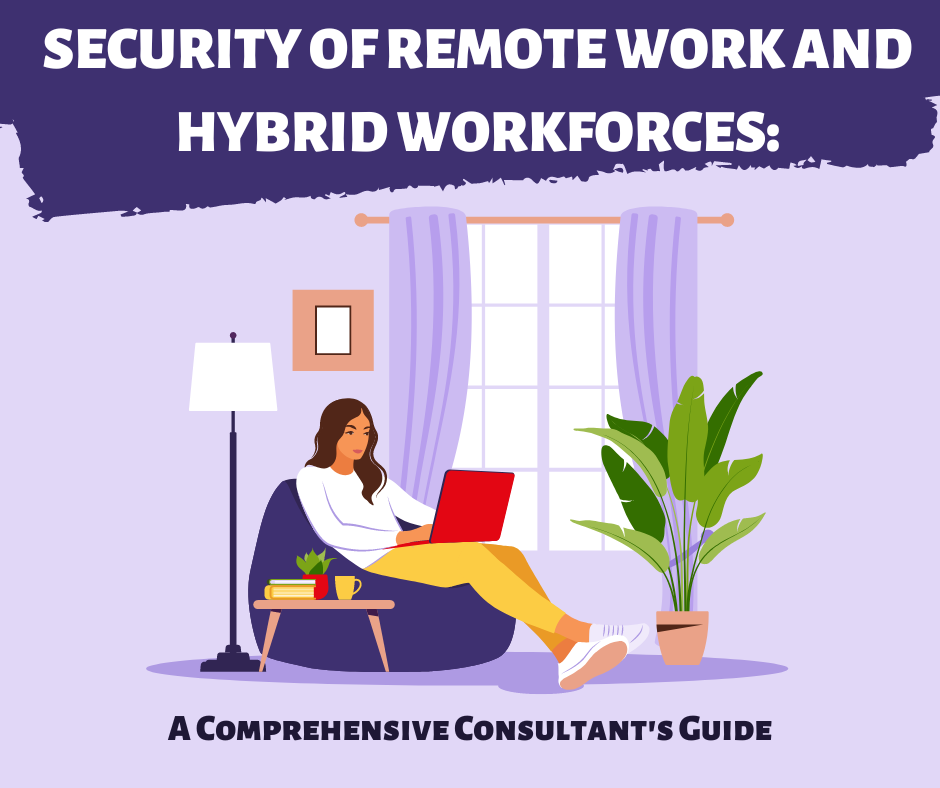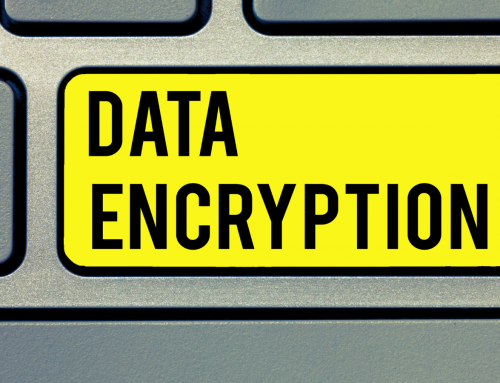The Security of Remote Work and Hybrid Workforces
Securing remote and hybrid work is a big concern in today’s business world. Employees now use different devices and locations to access company stuff, so companies need to make sure everything is safe from cyber threats. This means using strong ways to confirm who is trying to access data, making sure networks are safe, and keeping devices up-to-date with security tools. It’s also important to teach employees how to spot and deal with online threats.
Remote work means people work from different places outside the office, while hybrid work combines office and remote work. These new ways of working let people collaborate across distances, but they also bring new security challenges.
Here are some of the security challenges:
- Device Safety: People use their own devices and networks, so keeping them safe is crucial. That means using antivirus software and keeping everything updated.
- Network Risks: Remote work often happens on home networks or public Wi-Fi, which can be risky. Protecting these networks and using encryption is important.
- Data Protection: Sensitive information is accessed from different places. To stop unauthorized access, data should be encrypted, and access should be controlled.
- Phishing and Tricks: Cybercriminals often trick people into revealing information. People working remotely might be more at risk, so they need to know how to stay safe online.
- Secure Communication: Using tools that keep conversations private is key to protect sensitive information.
To make sure remote and hybrid work is safe, companies need a strong security plan:
- Company Rules: Clear policies on how to work remotely should cover data, device safety, and how to report problems.
- Risk Check: Experts should look for weak spots and come up with plans to fix them.
- Employee Training: Regular training helps workers spot and deal with online dangers.
- Checking Vendors: Companies should make sure third-party tools they use are also secure.
- Always Be Ready: Cybersecurity is always changing. Companies need to keep an eye on things, be ready for attacks, and practice how to respond.
Remote and hybrid work is here to stay, and keeping it secure is a must. Companies can enjoy the benefits of these new ways of working while making sure their digital stuff stays safe. This means staying on top of security challenges and working together with experts to create a safe and productive work environment.
Simplified Summary
The landscape of work has transformed significantly, with the rise of remote work and hybrid workforces offering flexibility and integration between work and life. However, ensuring the security of these distributed work setups is a pressing concern. Remote work involves employees working outside the office, while hybrid work combines in-office and remote components, enabling collaboration across geographical boundaries. Yet, these models introduce security complexities. Protecting endpoint devices, securing networks, safeguarding data, and educating employees on threats are crucial. Multi-factor authentication, encrypted communication, and robust policies are vital components of a security strategy. Regular risk assessments, employee training, and vendor evaluations are essential for staying resilient against evolving cyber threats. As we move forward, securing these work models is paramount, allowing organizations to enjoy their benefits while keeping digital assets safe.






